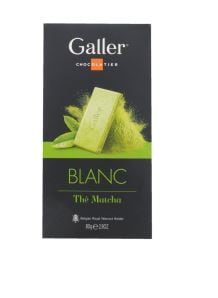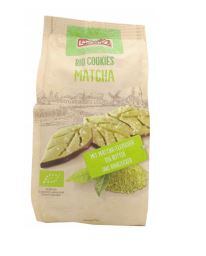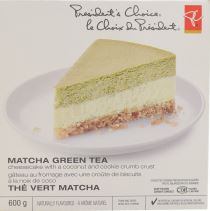Matcha tea leaves are crushed into a fine, bright green powder that is added to hot or cold water. This means that, unlike other forms of tea that are infused

in water and thus leave many of the nutrients untouched, matcha tea drinkers get all the nutrients of the leaf.
High in polyphenols and antioxidants, it also contains caffeine and theanine, the combination of which is said to provide a gentler energy boost than coffee.
A traditional Japanese drink, the number of global food and drink launches using matcha green tea has increased by almost one third (30%) since 2016 and by a massive 246% in the past five years.
According to global food & drink analyst at Mintel Caroline Roux, matcha tea’s sophisticated flavour, health appeal, and striking colour helped popularise brewed matcha green tea globally.
Its bright green colour means it is as ‘Instagrammable’ as golden lattes, coloured with curcumin, or Starbuck’s unicorn latte, coloured with natural, vegetable-derived food colours.
From its traditional use as a ceremonial Japanese tea, matcha is now finding its way into other beverages. German brewer ABK has launched a beer and lemonade blend flavoured with matcha tea while US Pop & Bottle has a matcha green tea

almond milk.
Most of the product development, however, is happening in sweet categories.
According to Fona International market research, the bakery category accounted for 40% of all global matcha-flavoured product launches followed by desserts and ice cream (20%), chocolate (12%), sugar and gum confectionery (5%) and finally dairy at 4%.
“Importantly, most of the [new] products are in indulgence-driven categories, suggesting opportunities for dessert manufacturers to utilise the ingredient for its sophisticated, adult flavour and wellbeing cues, which are likely to give

consumers permission to indulge,” said Mintel market research company in a 2017 report.
While typical Japanese matcha-based desserts tend to incorporate ingredients such as red beans and rice (for instance, in the case of mochi balls), more familiar Western desserts may be a safer bet for European consumers.
Roux said: “A number of brands have recently replaced coffee with matcha green tea to create Japanese-style tiramisus; another Italian dessert – the Mont Blanc – has been given a luminescent emerald colour thanks to the ingredient, and matcha green tea-topped cheesecakes now regularly appear in the country’s dessert aisle.
“Mirroring these concepts could help brands elsewhere showcase matcha in a sweet setting by providing consumers with a familiar starting point from which to experiment.”
According to Roux, these examples illustrate the versatility of matcha tea and why it could be valuable to dessert manufacturers.
